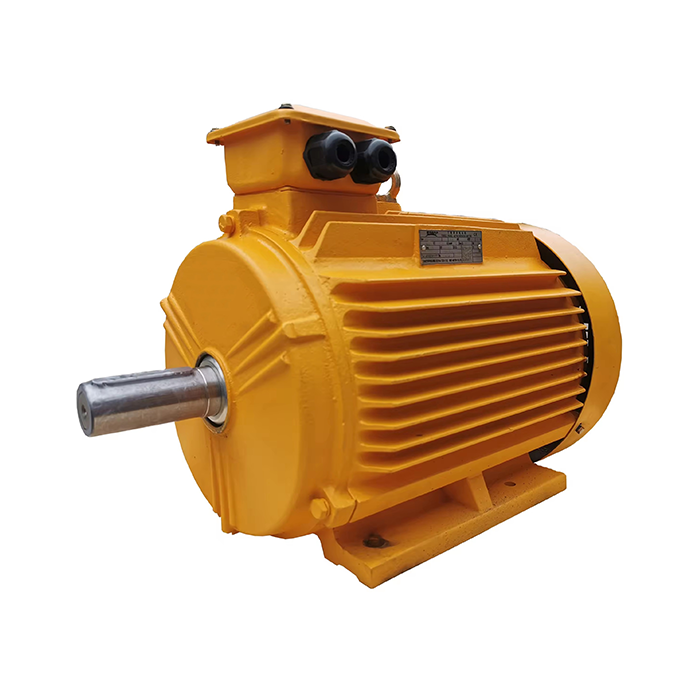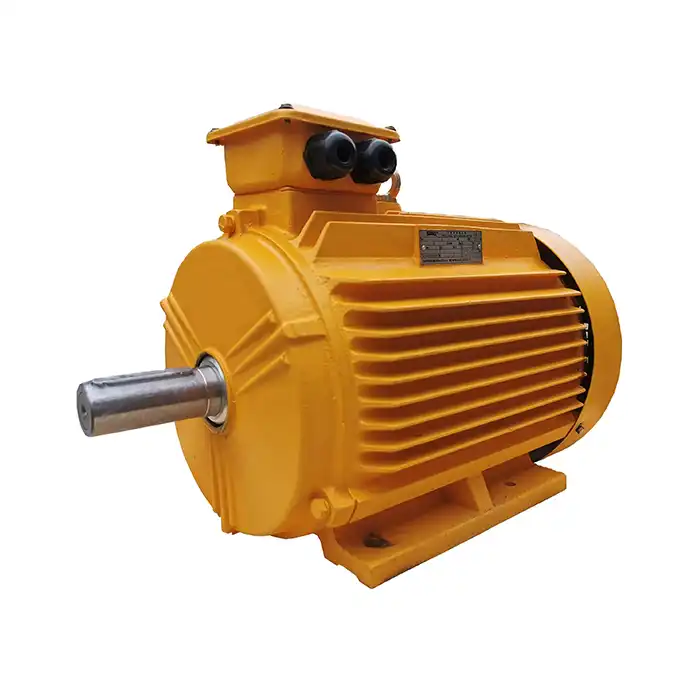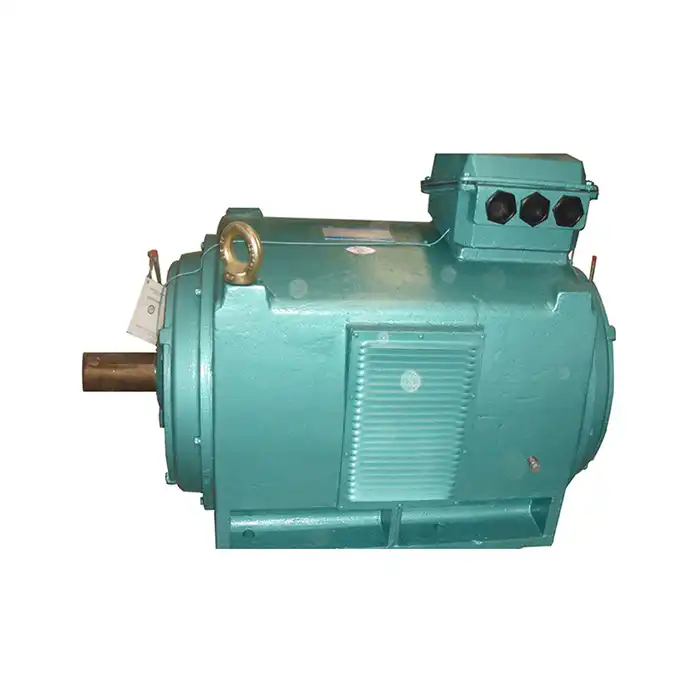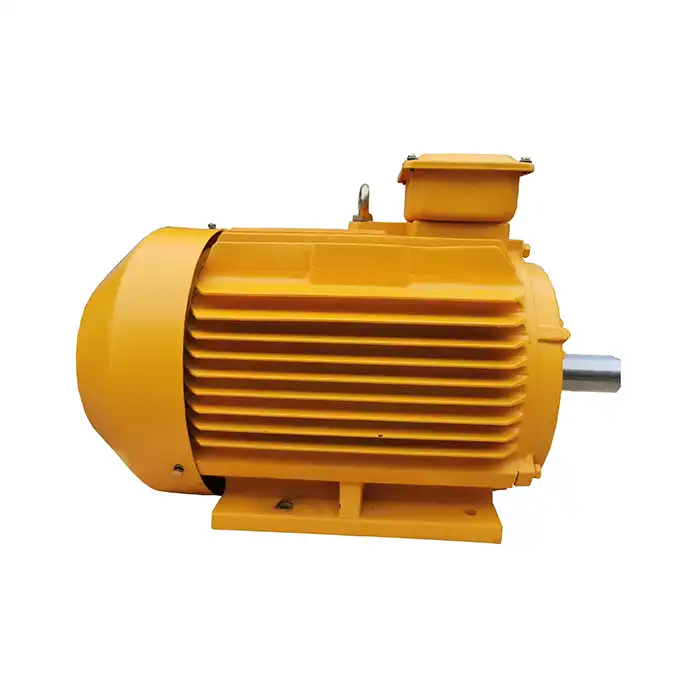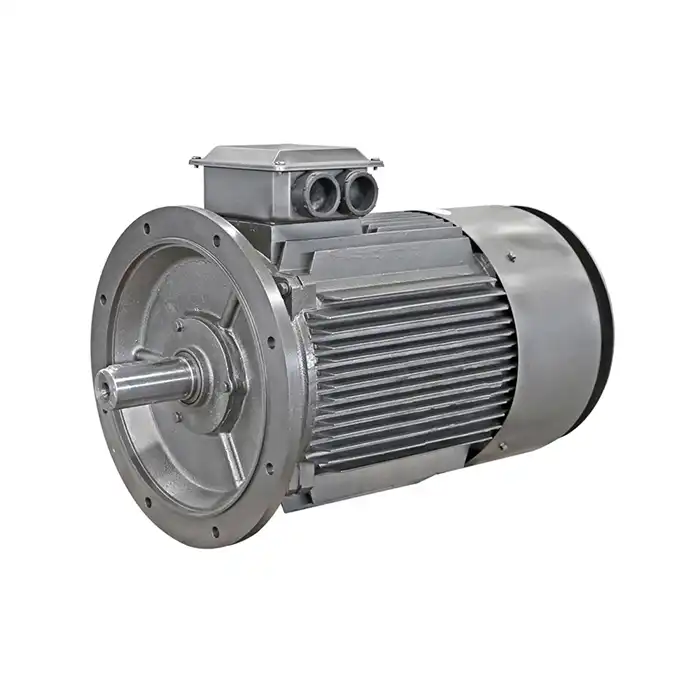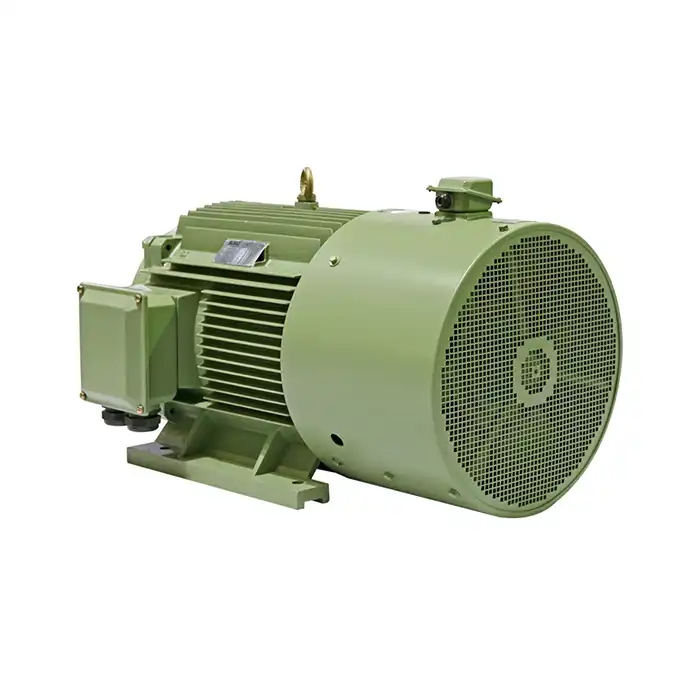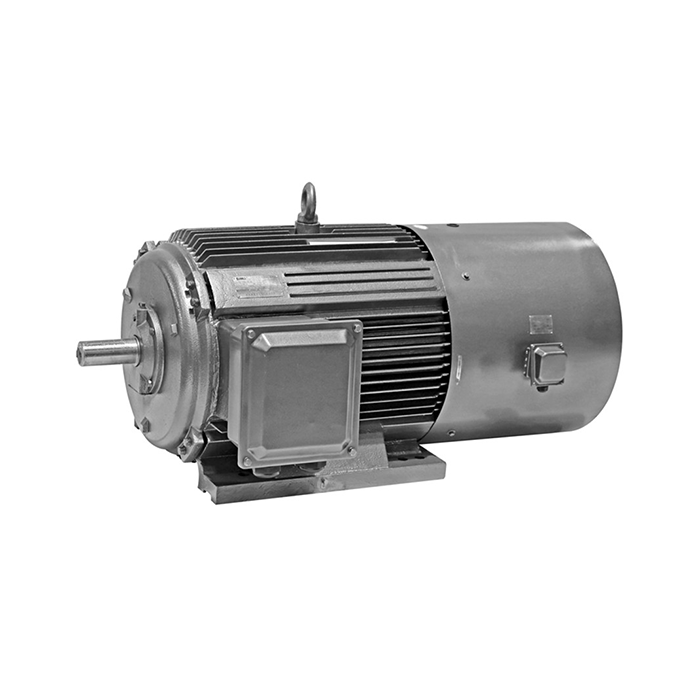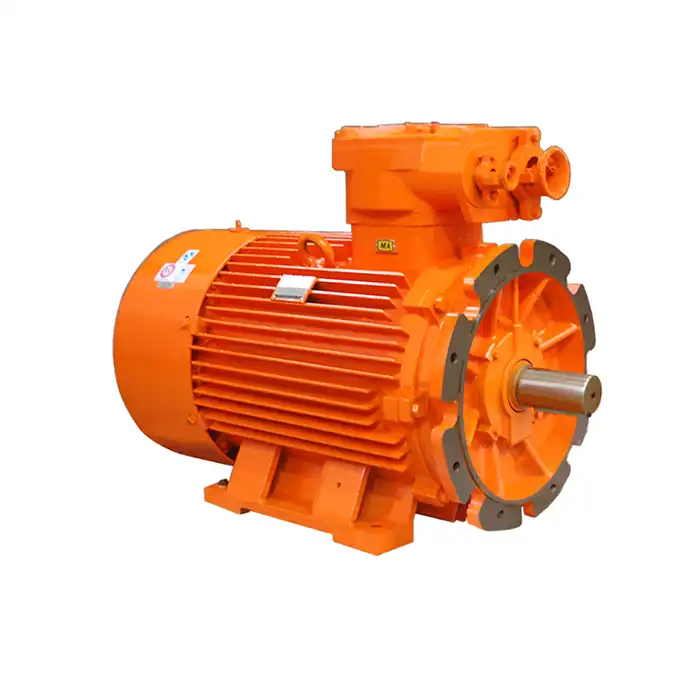What are the Key Parameters in Z2 DC Motor Nameplate Data?
It is essential to comprehend the Z2 DC motor's nameplate data in order to choose, install, and operate the motor correctly. This data offers crucial information regarding the motor's capabilities, constraints, and needs for operation. We'll look at the important characteristics of Z2 DC motor nameplates in this in-depth guide to help you make wise choices for your industrial applications.
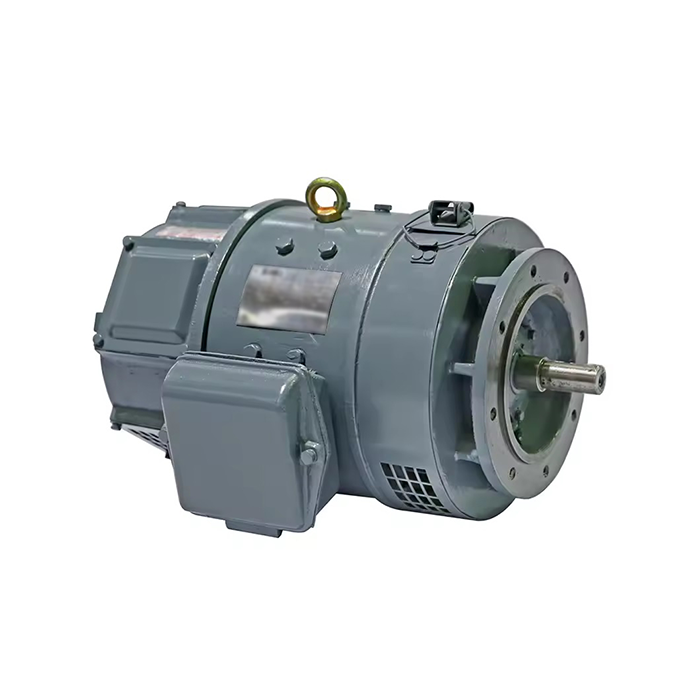
Series:Z2
Frame number: 11-112
Application:Z2 series motors are small DC motors for general industrial use and can be used in metal cutting machine tools, papermaking, dyeing and weaving, printing, cement, etc. The generator can be used as power source, lighting or other constant voltage power supply.
Power range:0.8-200kW
Voltage range: 110V,220V, etc.
Certificate: standard JB1104-68 .
Advantage:Suitable for outdoor use and strong corrosion resistance.
Others: SKF, NSK, FAG bearings can be replaced according to customer requirements.
Decoding Voltage and Current Ratings
The voltage and current ratings are fundamental parameters that determine the electrical characteristics of a Z2 DC motor. These values are critical for ensuring proper power supply and safe operation.
Voltage Rating: Powering Your Motor
The voltage rating indicates the recommended input voltage for optimal motor performance. For Z2 DC motors, common voltage ratings include 110V DC and 220V DC. It's important to note that operating a motor at a voltage significantly different from its rated value can lead to reduced efficiency, overheating, or premature failure.
Current Rating: Understanding Amperage Requirements
The current rating, typically expressed in amperes (A), represents the maximum continuous current draw of the motor under full load conditions. This value is essential for sizing circuit breakers, fuses, and wiring. Z2 DC motors may have different current ratings based on their power output and voltage requirements.
Power Factor: Efficiency Indicator
While not always present on DC motor nameplates, the power factor can be a useful efficiency indicator. In DC motors, the power factor is typically close to unity (1.0), indicating a high correlation between apparent power and real power consumption.
Understanding Speed and Torque Specifications
Speed and torque are interrelated parameters that define the mechanical output characteristics of a Z2 DC motor. These specifications are crucial for matching the motor to specific application requirements.
Rated Speed: Determining Rotational Velocity
The rated speed, usually expressed in revolutions per minute (RPM), indicates the motor's rotational velocity at full load and rated voltage. Z2 DC motors typically offer a speed range of 500 to 3000 RPM, allowing for versatility in various industrial applications.
Torque Specifications: Understanding Motor Force
Torque represents the rotational force produced by the motor. While not always explicitly stated on the nameplate, it can often be derived from the power and speed ratings. Key torque-related parameters include:
- Starting Torque: The torque produced at zero speed when full voltage is applied
- Full-Load Torque: The torque produced at rated speed and load
- Breakdown Torque: The maximum torque the motor can produce without stalling
Power Output: Combining Speed and Torque
The power output rating, typically expressed in kilowatts (kW), represents the mechanical power delivered by the motor. For Z2 DC motors, the power range spans from 0.8kW to 200kW, accommodating a wide variety of industrial needs.
Interpreting Insulation Class and Duty Cycle
The insulation class and duty cycle are critical parameters that affect the motor's thermal performance and operational capabilities.
Insulation Class: Thermal Endurance
The insulation class indicates the maximum temperature that the motor's insulation system can withstand without degradation. Z2 DC motors typically feature Class F insulation, which can withstand temperatures up to 155°C. This robust insulation system contributes to the motor's durability and reliability in demanding industrial environments.
Duty Cycle: Operational Pattern
The duty cycle describes the operating pattern of the motor, indicating the ratio of operating time to cooling time. Common duty cycle classifications include:
- Continuous Duty (S1): The motor can operate continuously at rated load
- Short-Time Duty (S2): Operation at constant load for a specified time, followed by a rest period
- Intermittent Periodic Duty (S3): A sequence of identical duty cycles, each including a period of operation and a rest period
Protection Class: Environmental Safeguards
The protection class, often denoted by an IP (Ingress Protection) rating, indicates the motor's resistance to environmental factors such as dust and moisture. Z2 DC motors typically have an IP23 rating, providing protection against solid objects larger than 12.5mm and water spray at angles up to 60° from vertical.
Cooling System: Thermal Management
The cooling system type, often represented by an IC code, describes the method of heat dissipation. Z2 DC motors commonly use the IC01 cooling system, which relies on natural air circulation for cooling.
Frame Number: Standardized Dimensions
The frame number (e.g., 11-112) provides information about the motor's physical dimensions and mounting configurations. This standardization ensures compatibility with various mounting arrangements and simplifies motor replacement or upgrades.
Bearings: Rotational Support
While not always specified on the nameplate, the bearing type is crucial for motor longevity. Z2 DC motors can be equipped with high-quality bearings from reputable manufacturers like SKF, NSK, or FAG, depending on customer requirements.
Certification and Standards
Z2 DC motors are manufactured in accordance with standard JB1104-68, ensuring compliance with industry norms and quality requirements.
Environmental Considerations
Z2 series motors are designed for outdoor use and feature strong corrosion resistance, making them suitable for challenging industrial environments.
Application Range
Z2 DC motors find applications in various industries, including:
- Metal cutting machine tools
- Papermaking equipment
- Dyeing and weaving machinery
- Printing presses
- Cement production equipment
Additionally, when configured as generators, they can serve as power sources for lighting or constant voltage power supplies.
Conclusion
Selecting the appropriate motor for your application and guaranteeing its correct installation and functioning need an understanding of the important factors on a Z2 DC motor nameplate. Through careful consideration of variables including duty cycle, insulation class, speed, torque, voltage, current, and speed, you can extend the life of your machinery and optimise your industrial operations.
For businesses in industrial automation, HVAC, energy and utilities, or specialized sectors like agriculture and transportation, selecting the right motor is crucial for operational efficiency. If you're looking for high-quality, energy-efficient Z2 DC motors or need expert guidance on motor selection, Shaanxi Qihe Xicheng Electromechanical Equipment Co., Ltd. is here to help. Our team of specialists is ready to assist you with pre-sales inquiries, technical support, and after-sales service. Contact us at xcmotors@163.com to discuss your specific power equipment needs and find the ideal solution for your application.
References
1. Johnson, M. (2021). DC Motor Nameplate Data: A Comprehensive Guide for Engineers. Industrial Motor Journal, 45(3), 78-92.
2. Smith, R. A. (2020). Understanding Z2 Series DC Motor Parameters for Optimal Performance. Electrical Engineering Review, 32(2), 115-130.
3. Zhang, L., & Chen, H. (2019). Analysis of Insulation Classes and Their Impact on DC Motor Longevity. Journal of Electrical Insulation, 28(4), 502-515.
4. Brown, K. T. (2022). Duty Cycles and Their Significance in Industrial DC Motor Applications. Power Systems Engineering, 39(1), 42-56.
5. Lee, S. K., & Park, J. H. (2020). Advancements in DC Motor Protection Systems: IP Ratings and Environmental Considerations. IEEE Transactions on Industrial Electronics, 67(8), 6789-6801.
6. Anderson, D. R. (2021). Frame Numbers and Standardization in DC Motor Manufacturing: A Historical Perspective. Journal of Industrial Standardization, 15(3), 201-215.



